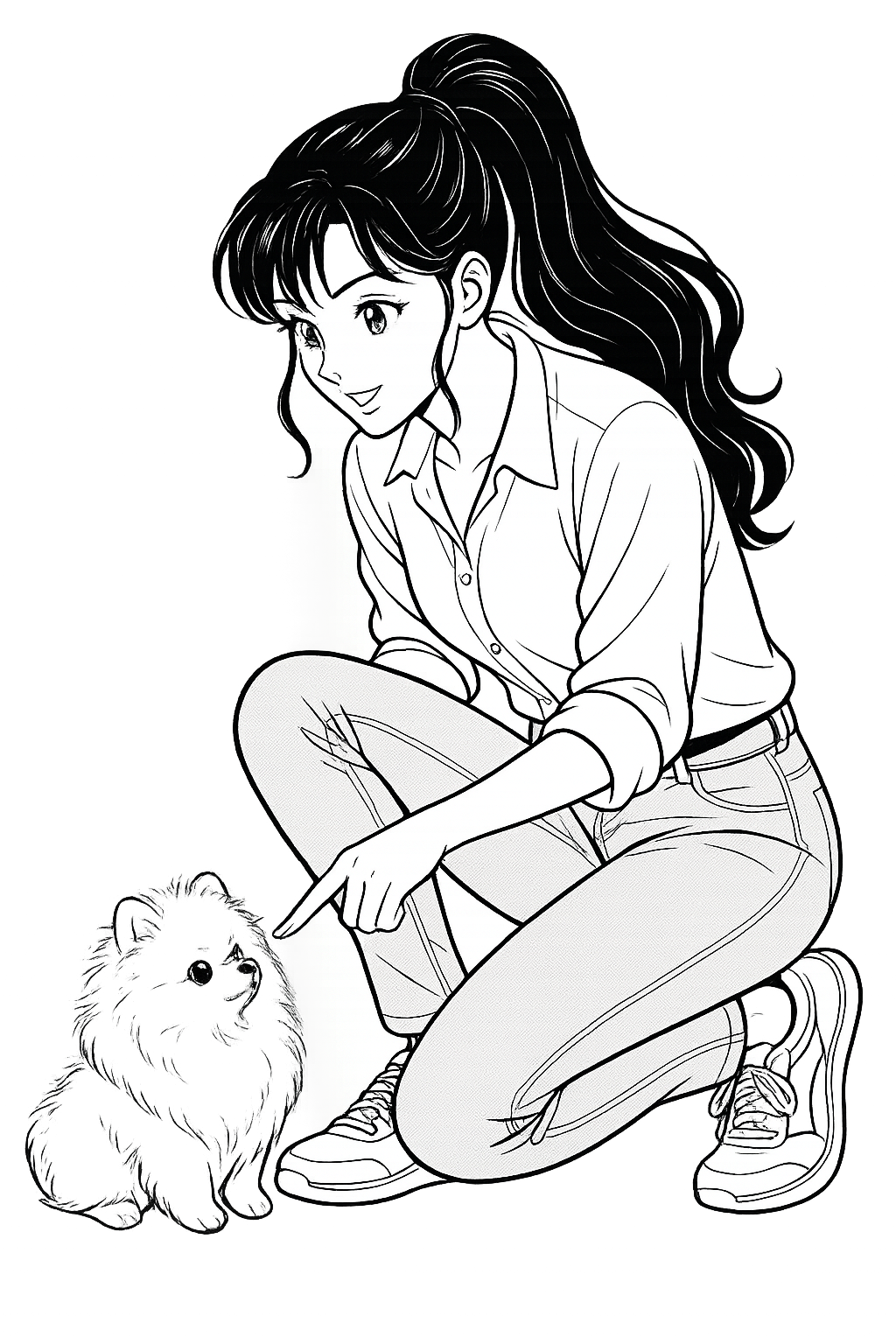CARE — SOCIALIZATION
Table of Contents
Introduction
Developmental Stages
Exposure
Stimuli
Rule of Seven
Puppy Classes
Temperament
Under-Socialization
Puppy Socialization
The socialization period in dogs is not merely a behavioral phase but a critical window of neuroplastic development. Spanning roughly from 3 to 14 weeks of age, this time frame is characterized by open neuroreceptors for fear, habituation, social recognition, and environmental mapping. According to Freedman et al. (1961), puppies isolated past 14 weeks exhibited persistent fearfulness and required exponentially more effort to acclimate to new stimuli. Subsequent research in neuroethology and veterinary behavior confirms that the quality, quantity, and pacing of exposures during this sensitive period have lifelong consequences for temperament, trainability, and stress modulation.
Developmental Stages
At birth, a puppy’s brain is approximately 10% of its adult size. By eight weeks, it reaches roughly 60%, and by 12 weeks, over 80% (Lord, 2013). During the 3–14 week window, the amygdala and hippocampus undergo rapid dendritic branching, forming templates for threat detection and memory consolidation. Long-term potentiation (LTP) becomes active, allowing puppies to form associative memories—positive or negative—with remarkable efficiency.
Research by Fox (1978) identified three overlapping periods:
Primary Socialization Period (3–7 weeks): Attachment to littermates, mother, and initial imprinting on species.
Secondary Socialization Period (7–14 weeks): Generalization to unfamiliar humans, dogs, surfaces, sounds, and situations.
Juvenile Period (14–24 weeks): Reduction in plasticity; fear increases; behaviors become more resistant to modification.
It is during the 7–10 week window that puppies exhibit the lowest baseline cortisol response to novel stimuli—an evolutionary feature promoting exploration over fear (Scott & Fuller, 1965). After this point, the amygdala's inhibitory capacity weakens and fear-based learning intensifies.
Methodical Exposure
Socialization is not random desensitization. Exposure must be:
Positive or neutral, never frightening;
Controlled, with predictable outcomes;
Progressive, moving from low to moderate intensity;
Short, typically 30–60 seconds per stimulus to prevent over-arousal.
Dr. Ian Dunbar emphasized "gentle flooding" (repeated, low-stress exposures before 12 weeks), versus later “remedial socialization,” which is slower, riskier, and often incomplete.
Key Categories of Real-World Socialization Stimuli
| Stimulus Class | Real-Life Examples | Notes |
|---|---|---|
| Humans | Men with deep voices, children, elderly with canes, people in hats or sunglasses, delivery workers | Puppies raised by women often show delayed confidence around male strangers unless deliberately exposed |
| Dogs | Calm adult dogs of various sizes and breeds | Avoid overwhelming contact; use barriers or parallel walking initially |
| Environments | Vets' offices, elevators, slick floors, crates, staircases, dog-friendly patios | Let puppies walk in under their own control rather than being carried |
| Surfaces | Grates, mulch, tile, carpet, grass, sand, metal, water | Foot sensitivity correlates with noise sensitivity; frequent changes improve proprioception |
| Sounds | Thunder, vacuum, hairdryer, pots clanging, sirens, city traffic | Use sound CDs or apps like Sound Proof Puppy Training with volume control |
| Handling | Ear touch, nail clipping, lifting paws, brushing, eye drops, gentle restraint | Incorporate cooperative care cues (e.g., chin rest or stationing) |
| Vehicles | Car rides (slow turns, braking), car washes, honking | Feed meals in a parked car before riding; reward calm during motion |
| Novel Objects | Umbrellas opening, shopping carts, statues, balloons, wobble boards | Treat the object as a neutral backdrop; reward puppy-led investigation |
